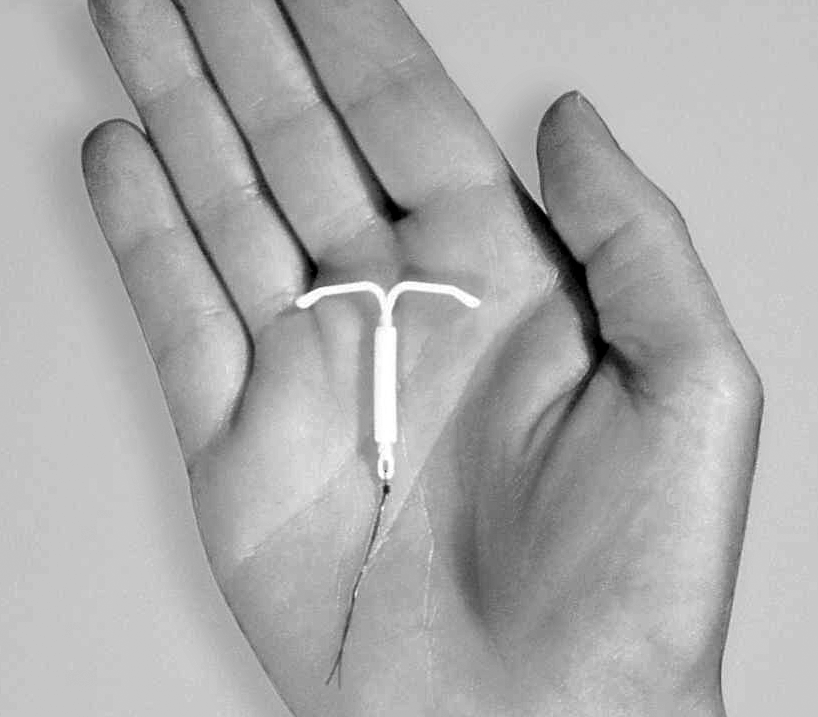Chapter 11 Download Chapter
Screening Questions for Pelvic Examination Before IUD Insertion
|
A pelvic examination and STI risk assessment should be done before IUD insertion. (See Assessing Women for Risk of Sexually Transmitted Infections.) When performing the pelvic examination, asking yourself the questions below helps you check for signs of conditions that would rule out IUD insertion. If the answer to all of the questions is “no,” then the client can have an IUD inserted. If the answer to any question is “yes,” do not insert an IUD. For questions 1 through 5, if the answer is “yes,” refer for diagnosis and treatment as appropriate. Help her choose another contraceptive method and counsel her about condom use if she faces any risk of sexually transmitted infections (STIs). Give her condoms, if possible. If an STI or pelvic inflammatory disease (PID) is confirmed and she still wants an IUD, it may be inserted as soon as she finishes treatment, if she is not at risk for reinfection before insertion. |
|
|
1. Is there any type of ulcer on the vulva, vagina, or cervix?
|
|
|
2. Does the client feel pain in her lower abdomen when you move the cervix?
|
|
|
3. Is there tenderness in the uterus, ovaries, or fallopian tubes (adnexal tenderness)?
|
|
|
4. Is there a purulent cervical discharge?
|
|
|
5. Does the cervix bleed easily when touched?
|
|
|
6. Is there an anatomical abnormality of the uterine cavity that will prevent correct IUD placement?
|
|
|
7. Were you unable to determine the size and/or position of the uterus?
|

 NO
NO 